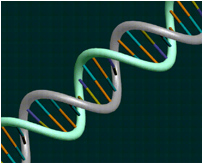
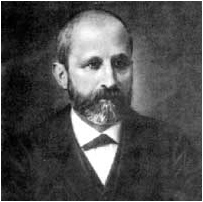
The story of DNA begins in 1869 with a doctor from Switzerland named Friedrich Meischer. Meischer was working in a laboratory in Germany and was given the task of researching the make-up of white blood cells.
Meischer found great quantities of white blood cells in the pus from infections. He collected bandages from a nearby clinic and washed off the pus. He experimented and isolated a new molecule, which he named nuclein, from the cell nucleus. He determined that nuclein was made up of hydrogen, oxygen, nitrogen and phosphorus and there was a unique ratio of phosphorus to nitrogen.

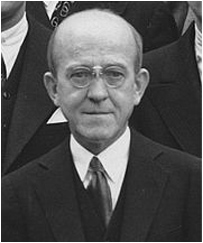
It was not until 1944 that Oswald Avery, an American physician, discovered, with his co-workers, Colin MacLeod and Maclyn McCarty that DNA is the material of which genes and chromosomes are made. But no one knew what DNA looked like.
In the 1950’s the race was on to determine what DNA looked like. In 1952 James Watson and Francis Crick won the race and proposed the “double helix” or “twisted ladder” model of DNA. They showed that the sides of the ladder were made up of alternating deoxyribose sugar and phosphate molecules while the rungs of the ladder were made up of pairs of Nitrogen bases.
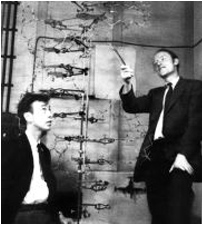
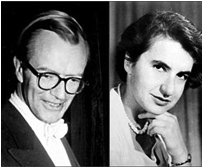
It is important to know that although Watson and Crick are credited for their discovery of the structure of DNA they did not work alone. They based their discoveries on the previous works of Rosalind Franklin and Maurice Wilkins. Watson, Crick and Wilkins won the Nobel prize in 1962 for their discovery. Franklin was not given the award because she had died from cancer before the prize was awarded.